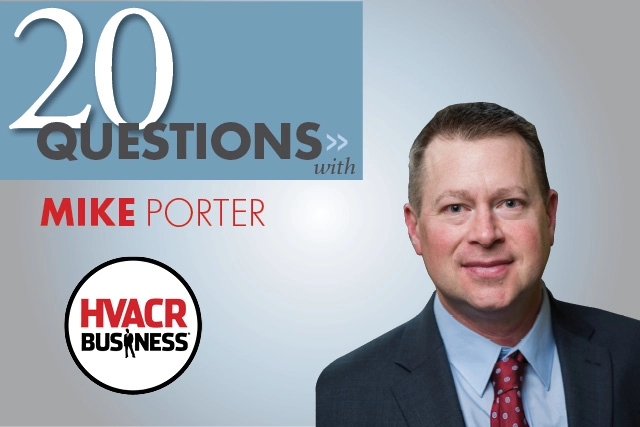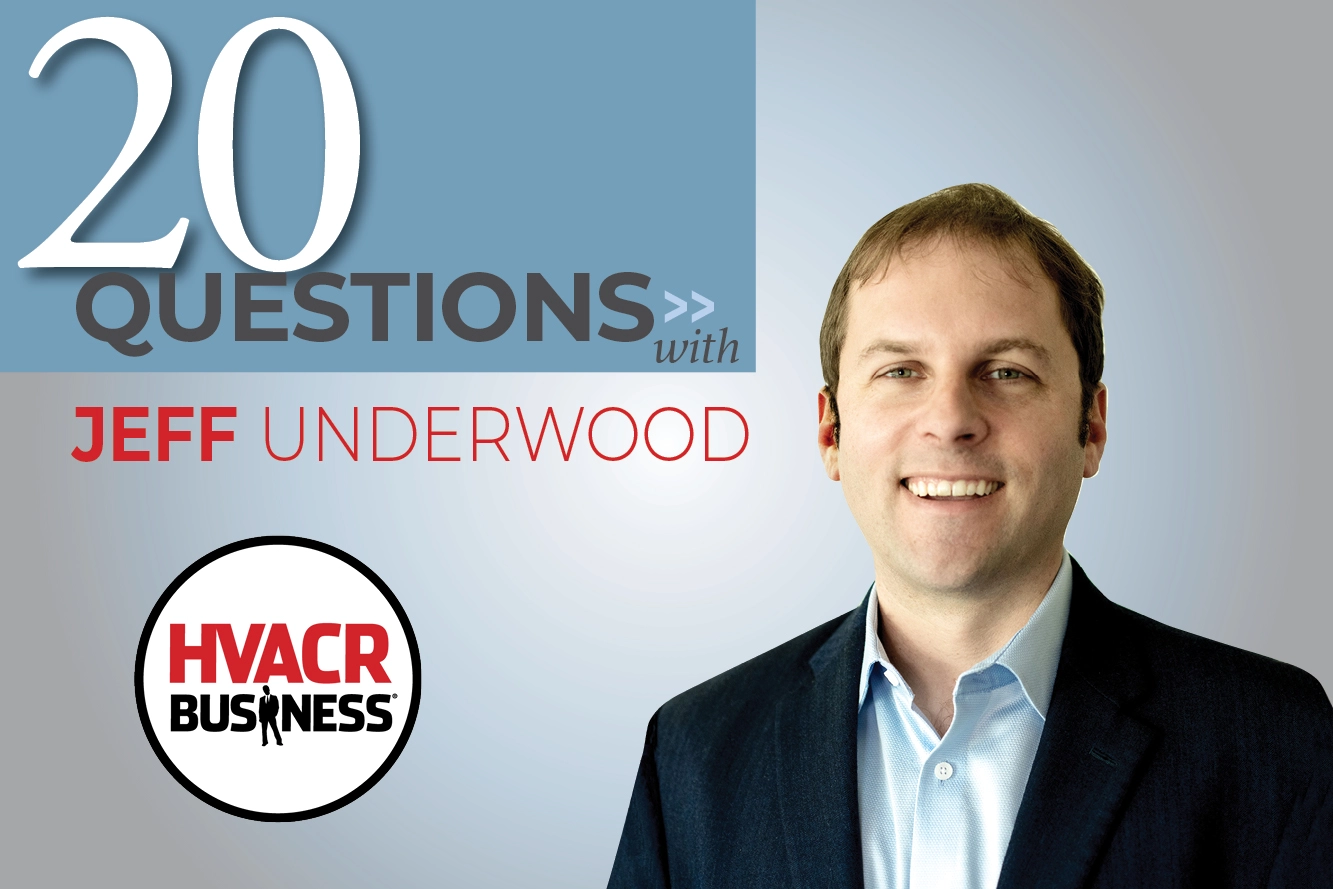We sat down with Mike Porter, vice president and general manager — service for McKinstry, a national leader in designing, constructing, operating and maintaining high-performing buildings. Porter discussed building efficiency, industry innovation and staying on top of new technologies.
1. Can you tell us about your background?
I grew up in a family of contractors. After getting my mechanical engineering degree, I worked in construction management as a general contractor, mechanical contractor and in energy performance contracting.
2. How did your career evolve?
My first opportunity outside of the family business came to me via a friend, which I initially turned down. A few months later, I was given another chance and I took it. From there I’ve followed a career path as it presented itself. I feel quite fortunate to have followed that path to McKinstry.
3. What was the learning curve moving from engineering to a management role?
It started steep and remains so! A few things I’ve learned: 1) You can’t do everything yourself; 2) You can shoot for perfection as a team, but don’t expect it; 3) How awesome it is to be surrounded by brilliant hardworking folks; and 4) Always listen, listen, listen.
4. What is your business philosophy?
I think everyone in a business arrangement should win: financially, giving back to communities, working for a better future and having a fun time together while doing it. Understanding what the ‘win’ is guides my mindset and approach.
5. What does your role at McKinstry entail?
I’m responsible for leading our mobile services business. I work with outstanding people both in the field and in the office. I’ve had the chance to touch much of our company and in this role there is a responsibility to also effectively knit mobile services within and across all of McKinstry’s other offerings.
6. How do you motivate your people?
I’m always working on this, because I’m far from perfect. It’s important to identify what you’re trying to accomplish within the company and what is important to the team in terms of purpose. Also, you must know what is important to the individuals.
7. How important is company culture?
Culture is everything. When employees are asked why they chose McKinstry, why they stay at McKinstry, the answer is always ‘the people.’ I’m a big believer in fostering our culture of ‘people first.’
8. What is your preferred communication tool?
Face-to-face is my preferred method. I understand people are busy and meetings don’t always feel productive, but having the chance for folks to see each other in person reminds us we’re a team and all in this together.
9. What is recruitment like for McKinstry?
The construction and mechanical contracting industries as a whole can be tough to recruit in. Our recruiting team aligns their goals with the company’s business goals, looking three to five years down the road and hiring technical, critically-thinking, diverse people with high emotional intelligence.
10. What is McKinstry’s mission?
McKinstry firmly believes that buildings cost way too much to build, operate and maintain. It’s become clear to us that half of all building construction costs and half of all building energy consumption are wasted. Our mission is to eradicate that waste to create a better built environment for our clients and our communities.
11. How do you educate customers on energy management solutions?
Education probably isn’t the best word. It’s more about having a conversation about priorities and what customers should expect from their buildings and conditioned space. We start with the end in mind, and work backwards to design an energy management solution that fits our customers’ short- and long-term needs over the life of the building.
12. Are there any projects you’re particularly proud of?
McKinstry has worked on a lot of impressive, cutting edge projects, which is exciting. But I’m particularly proud of the smaller, less-noticed projects where we’ve helped our clients in very serious, highly-stressful situations. If these projects were not done safely, quickly and completely, our clients would have been quite negatively affected. Doing the right thing for our clients is how we do business.
13. How do you plan for market uncertainty?
We’ve been fortunate in our ability to serve clients across new construction, major retrofits and ongoing facility service markets. That diversity allows us to flatten most of the uncertainty out of shifting markets.
14. Buildings continue to get smarter — how can contractors keep up with the technology?
Never stop learning! The learning curve is only going to get steeper as the built environment catches up with consumer technologies. You can’t take a “wait and see” attitude because you’ll ultimately be left out. Contractors need to stay on top of new technologies. It’s an investment.
15. What is McKinstry’s commitment to innovation?
Today’s built environment is changing, but not fast enough. We want to create a built environment where smart buildings are the norm — and not the exception.
16. What innovations impress you the most?
Innovations in safety, workflow management and environmental impact always get my attention. The ones I love the most come from the field and the frontline teams. Implementing new innovations can take time, so staying on top of new technology and enabling the right folks to make it happen is paramount.
17. What regulatory issues are affecting commercial contractors the most?
Regulations are getting interesting as the emphasis shifts from federal to the state and local levels. Building codes and permitting processes are changing to incentivize energy retrofits and make new technologies easier to deploy. There are definitely a lot of opportunities out there to create more value for clients.
18. What’s the biggest challenge facing this industry?
Historically, this industry has been stagnant and slow to evolve. Over time this has created inefficiency and waste across our industry. We must move the industry forward by embracing new technologies and aligning traditionally siloed expertise to remove waste.
19. What’s the biggest opportunity?
The biggest challenge creates the biggest opportunity — continuing to eradicate the waste in the built environment.
20. What advice would you give small commercial contractors looking to take the next step to grow their company?
Don’t grow faster than your ability to be really great.






